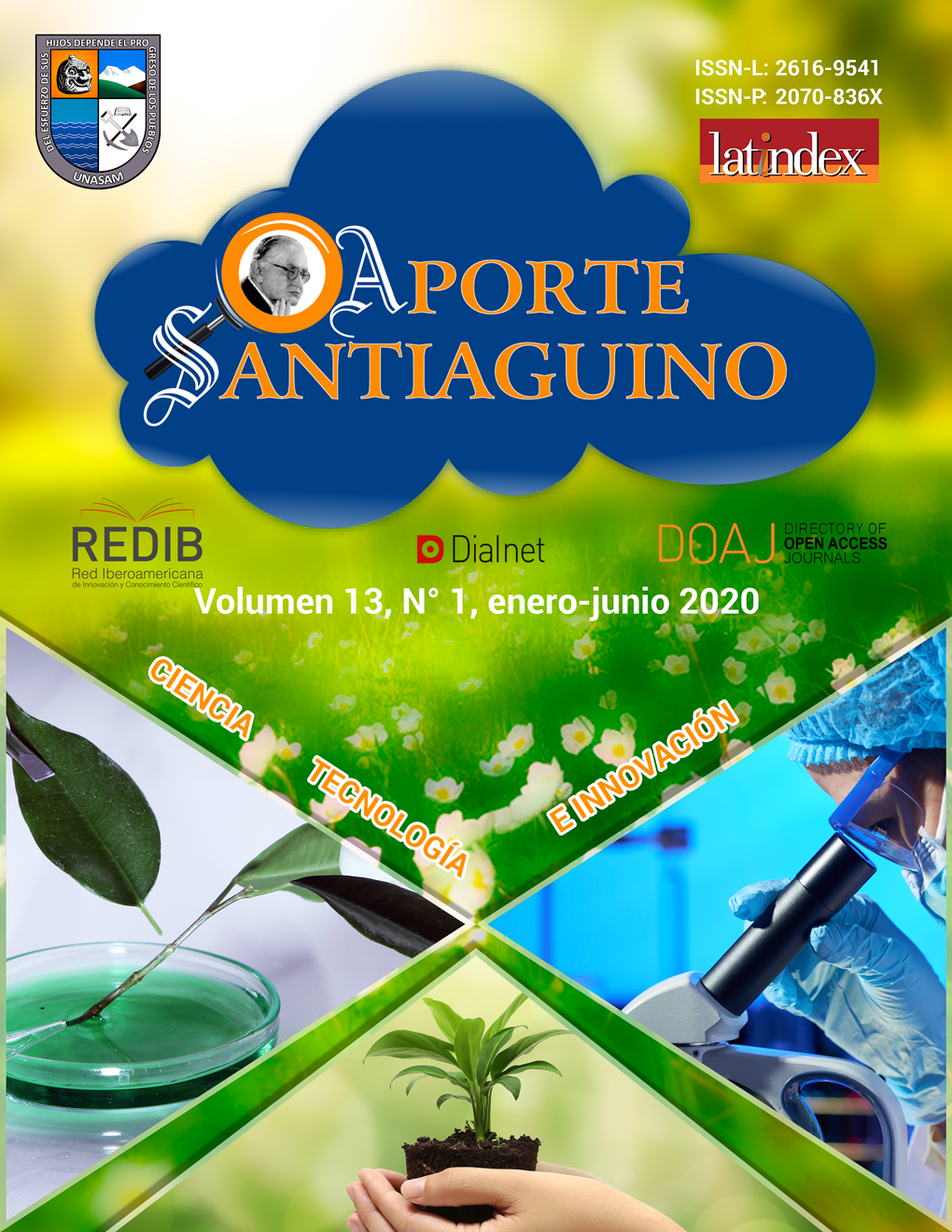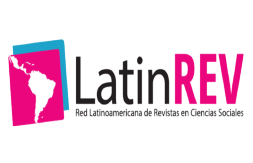Pest and benecial organisms associated with backyard citrus plants in Tierras Altas, Chiriquí, Panamá
DOI:
https://doi.org/10.32911/as.2020.v13.n1.680Keywords:
Citrus, Homoptera, Parasitic plants, Predators, SpidersAbstract
Citrus fruits have gotten nutritive and nutraceutical properties, being consumed directly and used in the preparation of medicines, food, among others. They are frequently found in backyards, but most of them do not receive proper management. The objective of this study was to know the pest and beneficial organisms associated with backyard citrus in Tierras Altas, Chiriquí. For this, nine backyard trees without agronomic management were randomly selected in Cerro Punta; while in Paso Ancho, 11 conventionally managed trees were chosen. The tree canopy was checked and the aected branches and foliage were pruned to easily locate the present organisms. The results indicated that, in Cerro Punta 88;9 %of the plantswere aected by sooty mold (Capnodium sp.), as consequence of the presence of pest insects of the Order Hemiptera, such as Paraleyrodes sp., Aphis spiraecola, Lepidosaphes beckii and Saissetia coeae, the latter being in mutualism with ants (Formicidae); 44;4 % had leaves and fruits damaged by mites; 11;1 %presented aectations in the foliage by powdery mildew; 22;2 %of the plants, corresponding to tangerine lemon (Citrus x limonia), had presence of parasitic plants (Struthanthus orbicularis), in addition to epiphytic plants attached to the trunk; while the beneficial organisms were represented by the families Araneidae and Salticidae (Arachnida), Labiidae (Dermaptera), Syrphidae (Diptera) and the species Cheilomenes sexmaculata (Coleoptera: Coccinellidae), Apis mellifera and a bumblebee (Apidae). In Paso Ancho, only damage by mites was observed in Persian lemon foliage (Citrus x latifolia), being the main control method the use of agrochemicals, while no presence of beneficial insects was found. In conclusion, backyard citrus fruits have a greater predominance of pests without proper management, while the use of synthetic pesticides limits the possibility of establishing beneficial organisms.Downloads
Download data is not yet available.
Published
2020-06-30
How to Cite
Collantes González, R., & Jerkovic, M. (2020). Pest and benecial organisms associated with backyard citrus plants in Tierras Altas, Chiriquí, Panamá. Aporte Santiaguino, 13(1), pág. 48–58. https://doi.org/10.32911/as.2020.v13.n1.680
Issue
Section
Artículos Originales






















